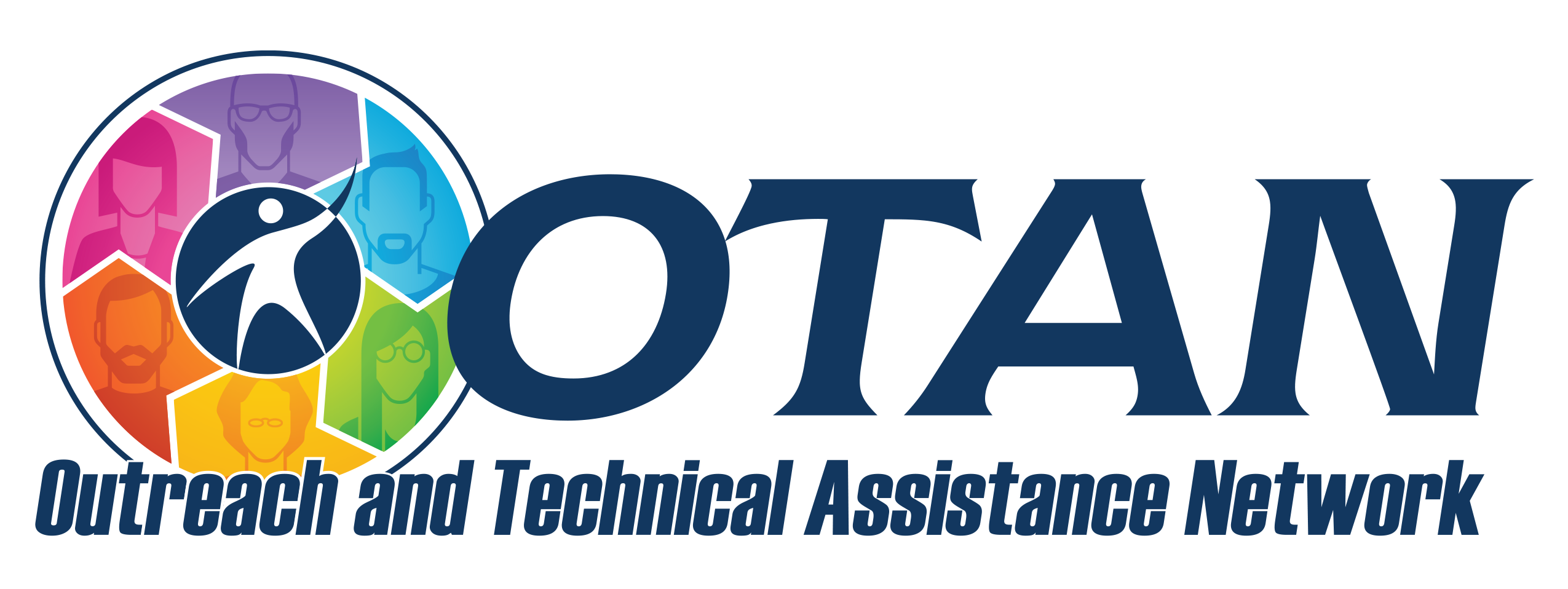Search
Memory Techniques and other Reading Comprehension Practices
Details
Activity Description
This site offers extensive interactive practice with grammar, reading, vocabulary, and some writing. The site is from Canada, so there may be a few differences between their English and ours, but overall it is a good resource.
The site offers students a choice of level from upper beginner to advanced.
Preparation
- Preview site.
- Decide on topics to use. Print Example Document 1, Memory Techniques or send it to your students digitally.
- Check for any differences in spelling of American English words in the online reading
How-To
- Select a topic. (for this lesson use Memory Magic: Reading Comprehension
- Introduce topic to students.
- Open the Web site.
- Demonstrate moving around the site.
- Go over information offered at the site on your topic.
- Go over examples together. Explain any differences in American English spelling of words encountered.
- Assign a different topic to student pairs or small groups. Use the Example Document 1, Memory Techniques worksheet.
- Have them present the information the next day in class.
Teacher Tips
The Reading sections include stories at all levels, with follow up comprehension and cloze activities. There are also vocabulary words with graphic support for lower level readers. Can be used to practice reading strategies, including pre-reading, read aloud, silent reading, pair reading, comprehension questions, cloze activities, grammar practice, and vocabulary practice.
More Ways
Can be used as whole class assignments or students can use independently in a lab or classroom setting or for homework assignments.
Program Areas
- ABE: Adult Basic Education
- ESL: English as a Second Language
- ASE: High School Equivalency Preparation
- ASE: High School Diploma
- CTE: Career Technical Education
- AwD: Adults with Disabilities
Levels
- Low
- Intermediate
- High
- Intermediate Low
- Intermediate High
- Advanced

